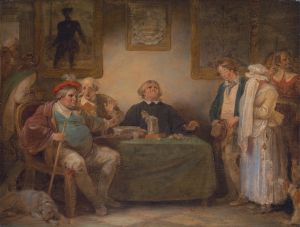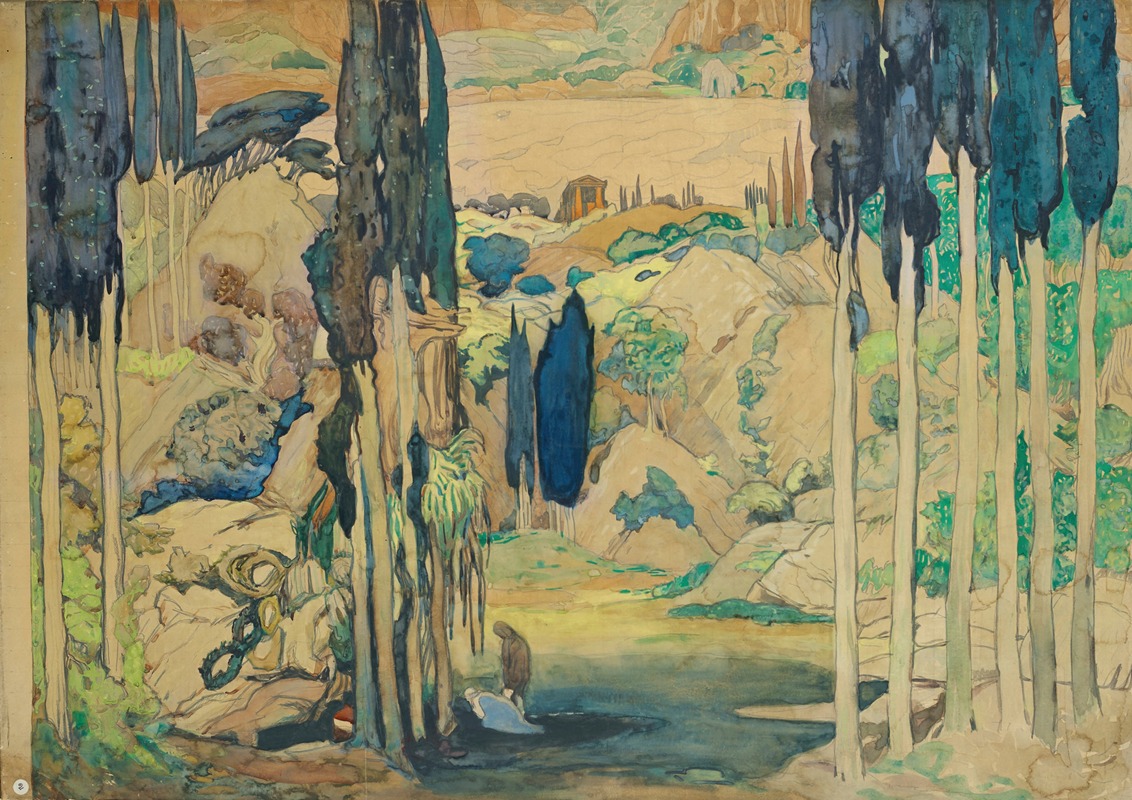
Stage design for ‘Daphnis et Chloé’; Acts I and III
A hand-painted replica of Léon Bakst’s masterpiece Stage design for ‘Daphnis et Chloé’; Acts I and III, meticulously crafted by professional artists to capture the true essence of the original. Each piece is created with museum-quality canvas and rare mineral pigments, carefully painted by experienced artists with delicate brushstrokes and rich, layered colors to perfectly recreate the texture of the original artwork. Unlike machine-printed reproductions, this hand-painted version brings the painting to life, infused with the artist’s emotions and skill in every stroke. Whether for personal collection or home decoration, it instantly elevates the artistic atmosphere of any space.
Léon Bakst, a prominent Russian painter and scene-and costume designer, is renowned for his work with the Ballets Russes, a groundbreaking ballet company founded by Sergei Diaghilev. Among Bakst's notable contributions to the world of stage design is his work for the ballet "Daphnis et Chloé," particularly for Acts I and III. This ballet, composed by Maurice Ravel, is based on the ancient Greek pastoral romance by Longus. It premiered on June 8, 1912, at the Théâtre du Châtelet in Paris.
Bakst's designs for "Daphnis et Chloé" are celebrated for their vibrant colors, intricate patterns, and the ability to evoke the essence of the narrative through visual means. His work for this production is a testament to his skill in creating immersive environments that enhance the storytelling of the ballet. Bakst's designs were instrumental in bringing the ancient Greek setting to life, capturing the pastoral and idyllic nature of the story while also infusing it with a sense of drama and emotion.
The stage design for Act I of "Daphnis et Chloé" by Bakst is characterized by its lush and verdant scenery, reflecting the pastoral setting of the narrative. The use of rich greens and blues, along with detailed depictions of foliage and natural landscapes, helps to transport the audience to the world of ancient Greece. Bakst's attention to detail and his ability to create depth and texture in his designs contribute to the overall atmosphere of tranquility and beauty that defines the opening act.
In Act III, Bakst's design takes on a more dramatic tone, reflecting the climax of the story. The color palette becomes more intense, with the use of bold reds and oranges to convey the heightened emotions and tension of the narrative. The intricate patterns and dynamic compositions in Bakst's designs for this act serve to enhance the dramatic impact of the ballet, drawing the audience into the emotional journey of the characters.
Bakst's work for "Daphnis et Chloé" is a prime example of his ability to blend artistic creativity with the practical demands of stage design. His designs not only complement the music and choreography but also stand alone as works of art in their own right. The success of "Daphnis et Chloé" was due in no small part to Bakst's visionary designs, which helped to establish the Ballets Russes as a leading force in the world of ballet and set new standards for theatrical design.
Léon Bakst's contributions to the arts extend beyond his work with the Ballets Russes. His innovative approach to stage and costume design has had a lasting impact on the field, influencing generations of designers and artists. His work for "Daphnis et Chloé" remains a significant example of his talent and creativity, showcasing his ability to transform a narrative into a visual spectacle that captivates and enchants audiences.





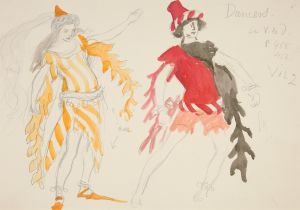
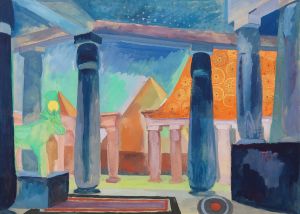
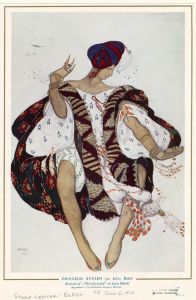
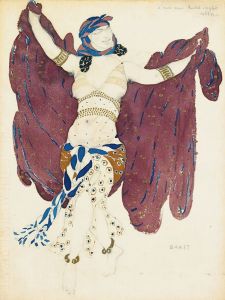
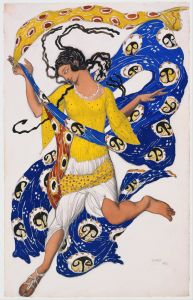
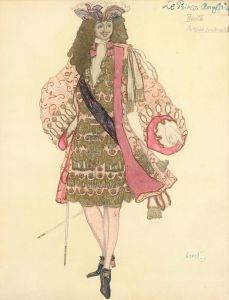

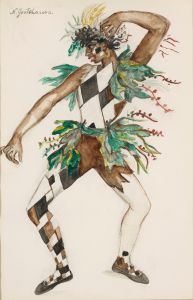

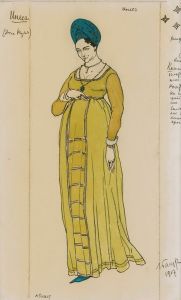
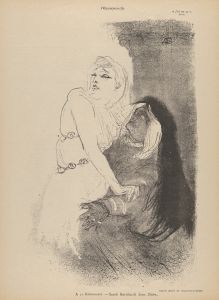
![[Designs for theater with black-framed proscenium and boldly colored settings.] [Study for stage light wall decoration, possibly for Caf ̌Crillon](/imgs/249265/s/winold-reiss-designs-for-theater-with-blackframed-proscenium-and-boldly-colored-settings-study-for-stage-light-wall-decoration-possibly-for-caf-crillon-7a95936c.jpg)
